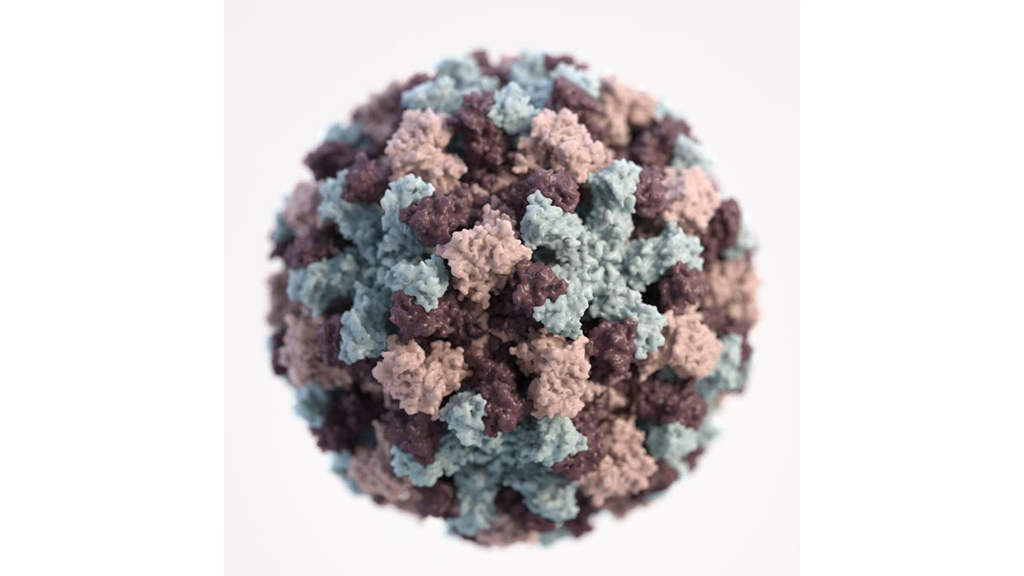Abstract
Norovirus is one of the most common causes of infectious diarrhea and vomiting, leading to the nickname “winter vomiting disease.” The virus is estimated to be responsible for about half of all food-borne illnesses (CDC) due to its ability to spread rapidly when people are in close quarters, such as in classrooms, on college campuses, and cruise ships. This directed case study is written for an upper-level medicinal chemistry course after students have learned about the basics of drug discovery and design and then apply that knowledge to the development of a variety of different disease states and conditions. Students answer questions and analyze tables of actual data from a research article (Journal of Medicinal Chemistry (2015, 58, 3144–55). The case might also be used with benefit in courses that cover general viral mechanisms and structure (e.g., microbiology and virology) and enzyme kinetics (e.g., biochemistry and cell biology).



